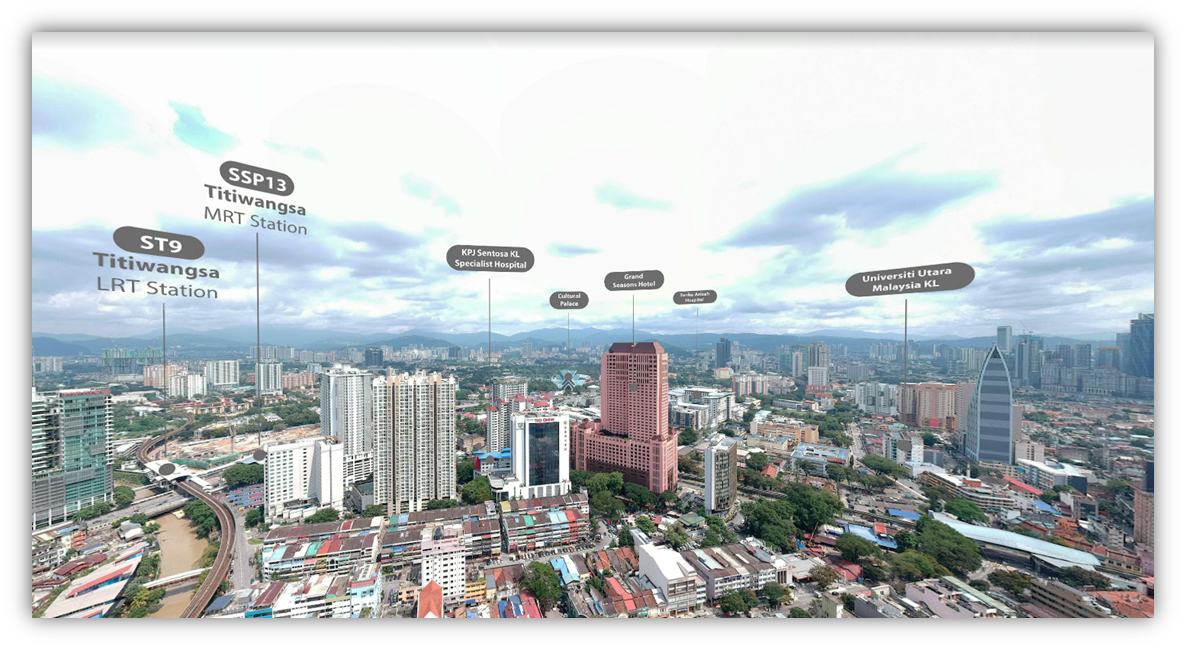The Importance of GIS Mapping for the Environment
Andrew Chong • 2024-04-03
Discover the pivotal role of GIS mapping in environmental conservation and sustainability. This article explores how GIS provides invaluable spatial data for managing natural resources, understanding climate change, monitoring environmental quality, supporting conservation, and guiding sustainable urban planning. Learn how leveraging GIS technology can drive informed decisions for a healthier planet.
The environment is one of the most precious resources on our planet, and its protection is essential for our continued survival. Geographic Information System (GIS) mapping has emerged as a powerful tool in the quest for environmental conservation and sustainability. GIS mapping provides spatial and temporal data to aid in understanding and managing the natural resources that underpin life on earth. In this article, we will discuss the importance of GIS mapping for the environment and how it can be used to address various environmental issues.
- Natural Resource Management
GIS mapping can be used to manage natural resources such as forests, water, and wildlife. GIS maps can provide information on the location, distribution, and condition of these resources, which is essential in monitoring changes and making informed management decisions. For example, GIS maps can be used to track deforestation, monitor wildlife populations, and identify areas of high biodiversity.
2. Climate Change
mapping is a valuable tool in understanding and mitigating the impacts of climate change. GIS maps can be used to model climate scenarios, predict sea-level rise, and identify areas at risk of extreme weather events. This information can be used to inform policy decisions and aid in disaster response and mitigation efforts.
3. Environmental Monitoring
GIS mapping can also be used for environmental monitoring, such as air quality and water quality monitoring. GIS maps can provide real-time data on pollution levels, helping to identify sources and mitigate their impacts. This information can also be used to inform policy decisions and aid in the development of environmental regulations.
4. Conservation
GIS mapping is an essential tool in conservation efforts. GIS maps can identify areas of high biodiversity, prioritize conservation areas, and monitor the effectiveness of conservation efforts. For example, GIS maps can be used to identify critical habitats for endangered species, track the spread of invasive species, and monitor the impacts of human activity on ecosystems.
5. Urban Planning
GIS mapping can also be used in urban planning to promote sustainable development. GIS maps can provide information on land use, transportation, and infrastructure, which is essential in making informed decisions about urban development. This information can be used to promote sustainable growth, reduce environmental impacts, and improve quality of life for urban residents.
GIS maps provide critical information on natural resource management, climate change, environmental monitoring, conservation, and urban planning. With the help of GIS mapping, we can make informed decisions and take meaningful action to protect the environment for future generations.




